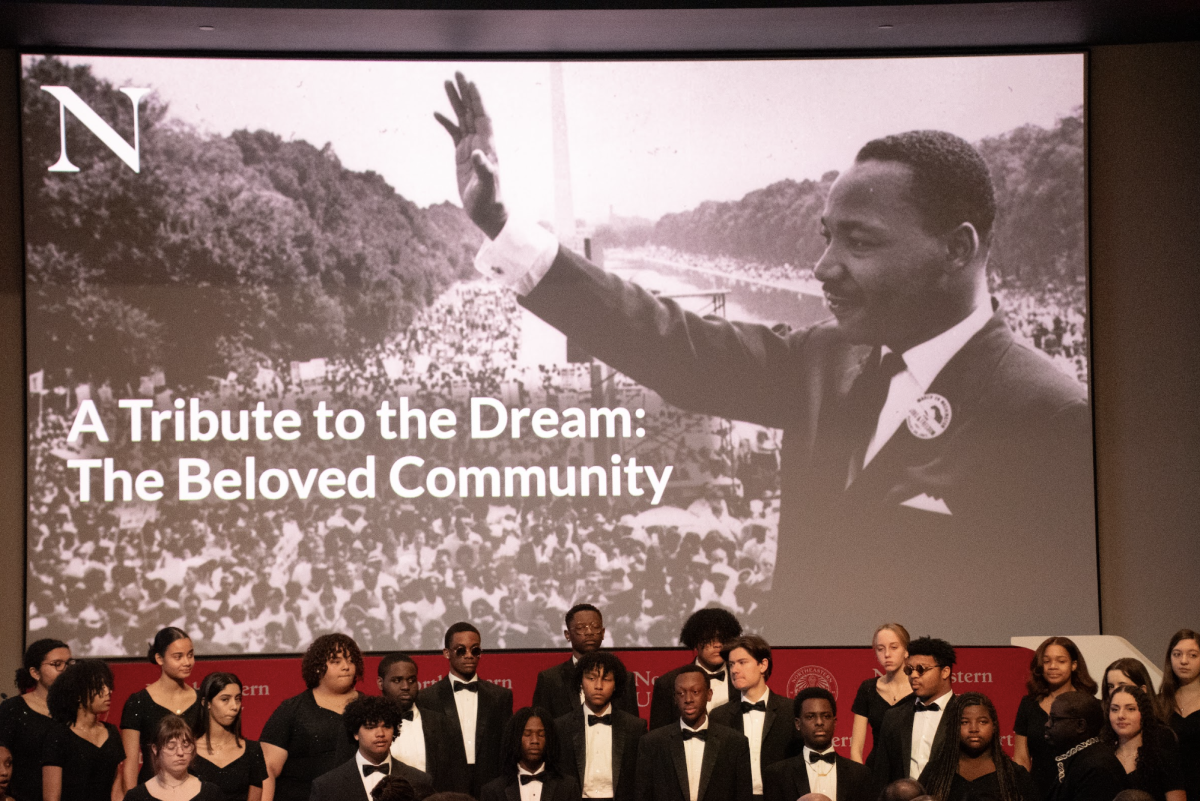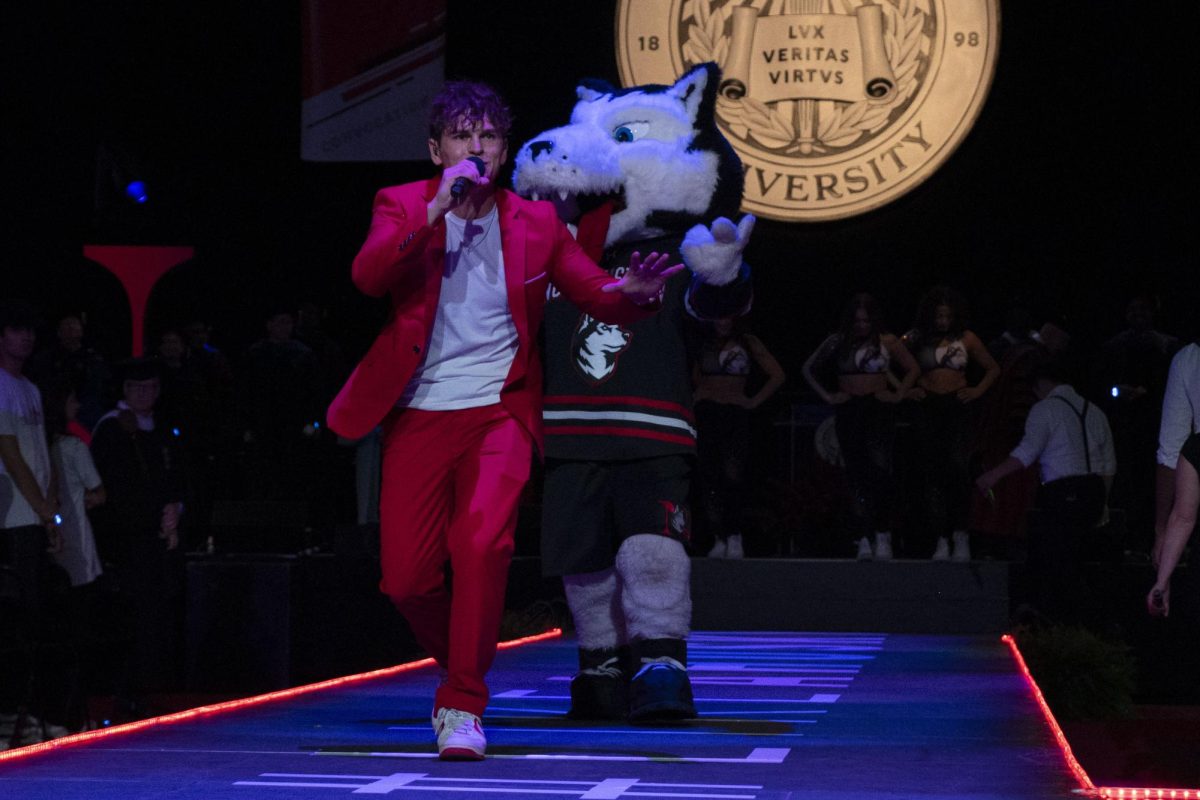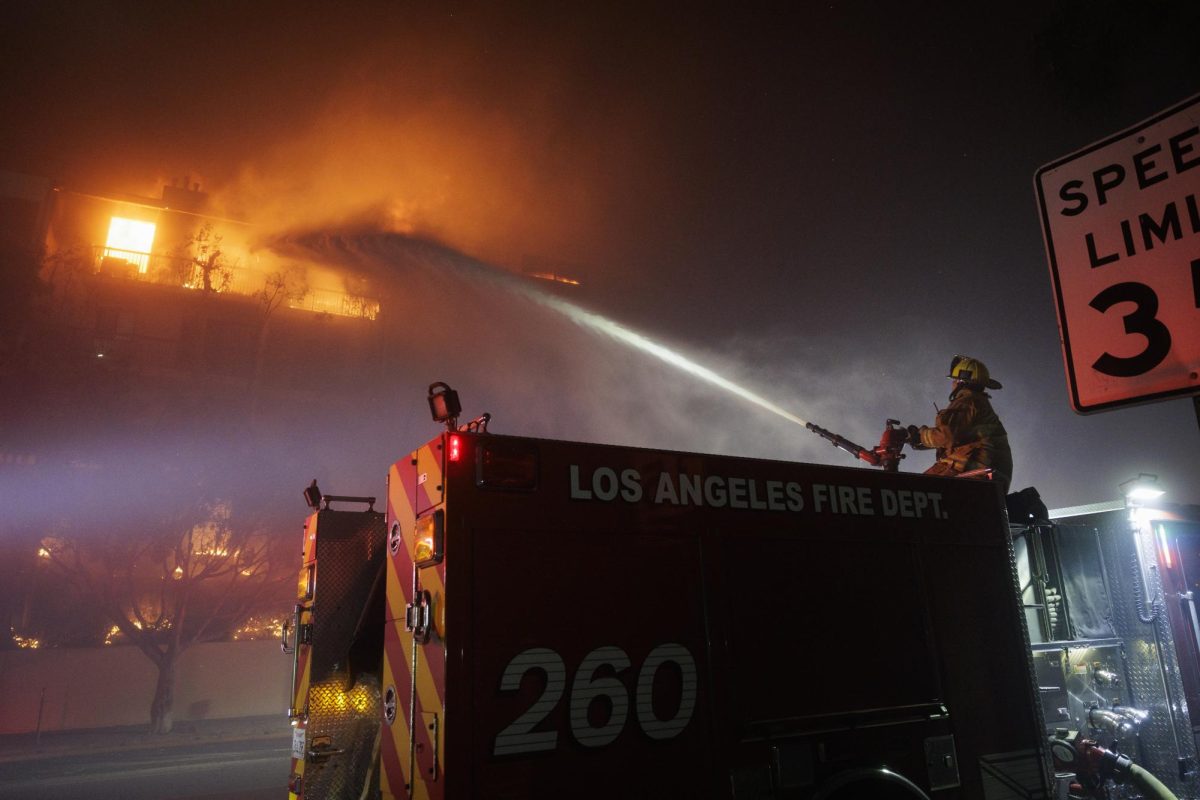By Rachel Zarrell, News Staff
Northeastern recently introduced the ‘ creative industries minor, which is ‘ geared toward training students in new technology and media. Terrence Masson, a senior academic specialist in the Interactive Media department of the College of Arts and Sciences, answered The News’ questions about the minor.
‘
Huntington News: ‘ Why did the School of Journalism want to add the creative industries minor?
Terrence Masson: ‘ A different way to clarify that is the journalism school has been the most excited in being a partner in the creative industries minor because of the need that their students have for new technology and multimedia-based journalism.
‘
HN: ‘ Where did the concept come from?
TM: ‘ Creative industries is the new incarnation of our 10-year-old multimedia studies program. So the curriculum we started with was the existing multimedia studies curriculum, and so that existing curriculum was four dual majors, with computer science, graphic design, music technologies and digital art. So part of what we devised for creative industries was to restructure, improve those four dual majors, and add three new dual majors in game design, which are with digital art, graphic design and computer science, so that brought us up to a total of seven dual majors.’
But the restriction of those dual majors, all seven now, says that you have to be a full-time student in one of those departments, either computer science, art and design or music [to major in multimedia studies]. So the new creative industries program that we are putting in place takes the place of the old multimedia studies. What was critically important to us, and to our dean, to Bruce [Ronkin], was to create some way that any student on campus could somehow take part in the creative industries program.
It’s a creative industries minor and any student in any department on campus can take it. [Journalism] students are probably going to be one of the first to capitalize on it, only because that department is so excited about it because their need is so pressing, because of the worldwide trend of journalism growing on the web and growing in the media.
‘
HN: ‘ Can only freshman take on this minor or is it accessible to upperclassmen as well?
TM: ‘ We realize that, on the surface, six courses [Students must take one required course and choose five others from an approved list] is a large minor. There are other minors on the books that are five or six courses, its fairly common, but that’s the reason we allowed two of the six courses to be taken from [the student’s] own department. And those courses are fairly foundational courses with no prerequisites, so the likelihood of having taken those two courses in their own department that qualify for the minor is pretty high. So in reality, a vast majority of students from other departments that want to fulfill the minor will only have to take those four creative industries courses.
‘
HN: ‘ Why does it have a game design component?
TM: ‘ Well, game design is a core of creative industries. It is the three new dual majors, that were created and approved, and game design at Northeastern has a very large, broad definition, which includes primarily everything other than purely entertainment-based games. Meaning what we call serious games. Entertainment is kind of an old, overused term, but basically using interactive game-play technology to facilitate other learning. So even more specifically, games and health, there’s lots of research going on now with utilizing video game technology to help in health research. So it’s a lot more than just video games. In reality we will have that too, because a lot of the students are interested in the latest high-end graphic video game production techniques, or iPhone development, and we’ll be teaching that too.
‘
HN: ‘ Do you think this minor might help journalism or communication students in the post-grad job market?
TM: ‘ Not to single out journalism as being a better partner than any other department but their students will definitely benefit by including the creative industries curriculum into their own. Specifically journalism students, journalists, I should say, in the world today, are becoming much more collaborative. It used to be people had a job as a reporter, they would go out by themselves, interview people, write it up and submit it. All that’s changed. Now a person, a journalist, is expected to be very multidisciplinary, very multi-talented. Say a journalist is expected to go off and record a movie with voice and video, edit and produce that content themselves, possibly build their own website, create their own blog, post their own content. So that single individual now is responsible for so much more technology and so much more collaboration. That’s exactly what these creative industry courses are going to help them do in addition to the direction that the journalism department is going on their own.
‘
HN: ‘ Who do you expect to take on this minor?
TM: ‘ I really do seriously hope that we get students from all over campus, from every department at the university. The fundamental nature of creative industries is interdisciplinary. And that’s a word that gets used a lot at the university … and creative industries is really a fantastic example of it being put to true practice, [with its] interdisciplinary, project-based team curriculum. We need students from all over campus to actively participate in the creative industries curriculum, so I plan to talk to the head of every single department on campus.
There’s just so much excitement from the other departments in other colleges, students from engineering, from computer science, from psychology, from communication studies, from the library, with their second floor expansion. We’re talking to everybody, it’s really fantastic.








